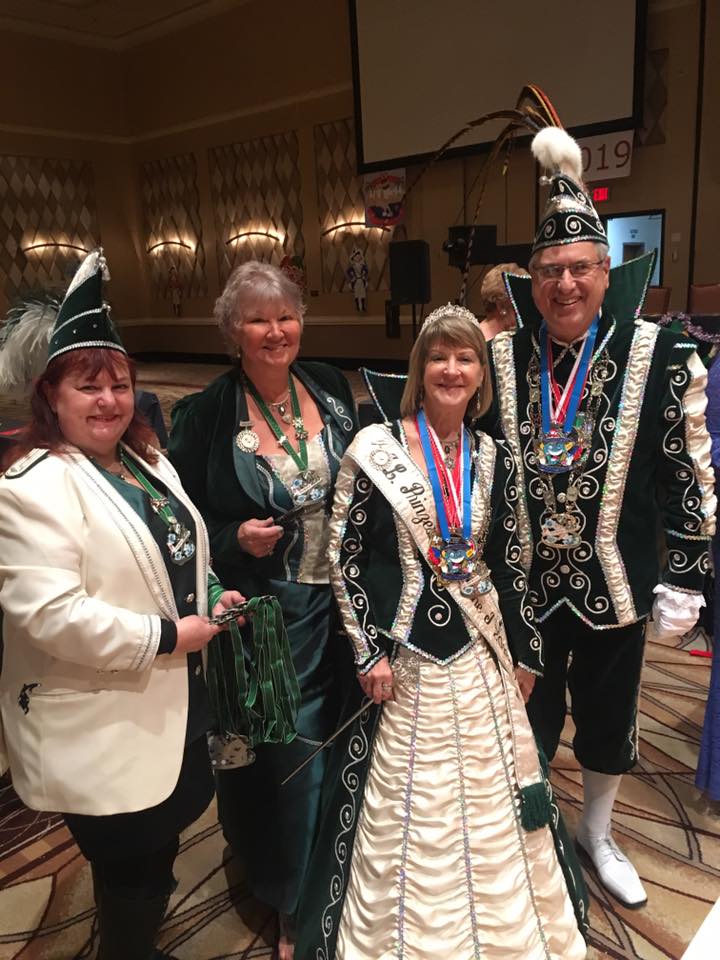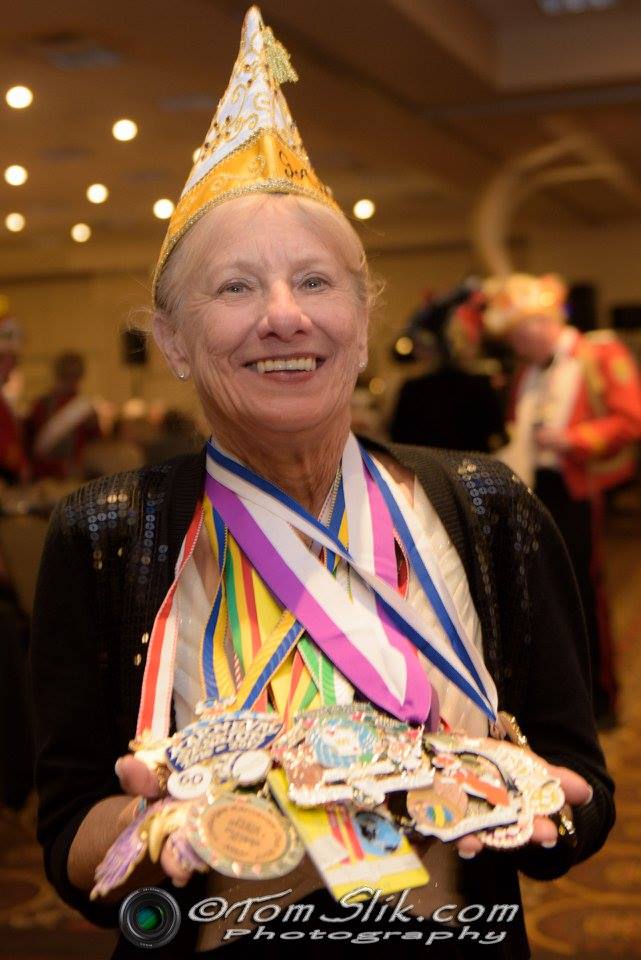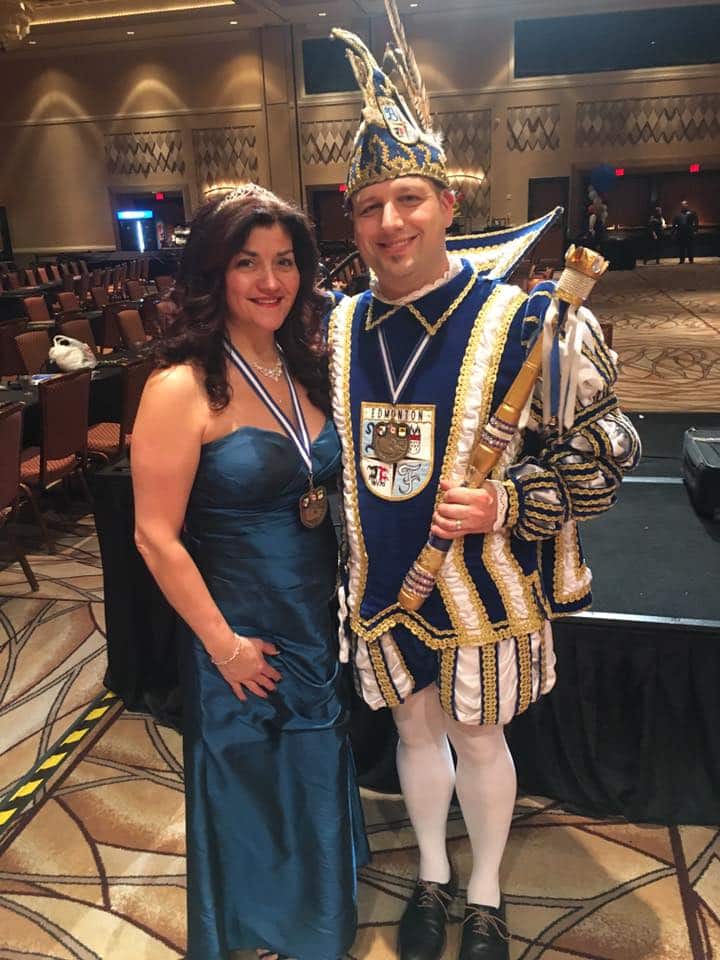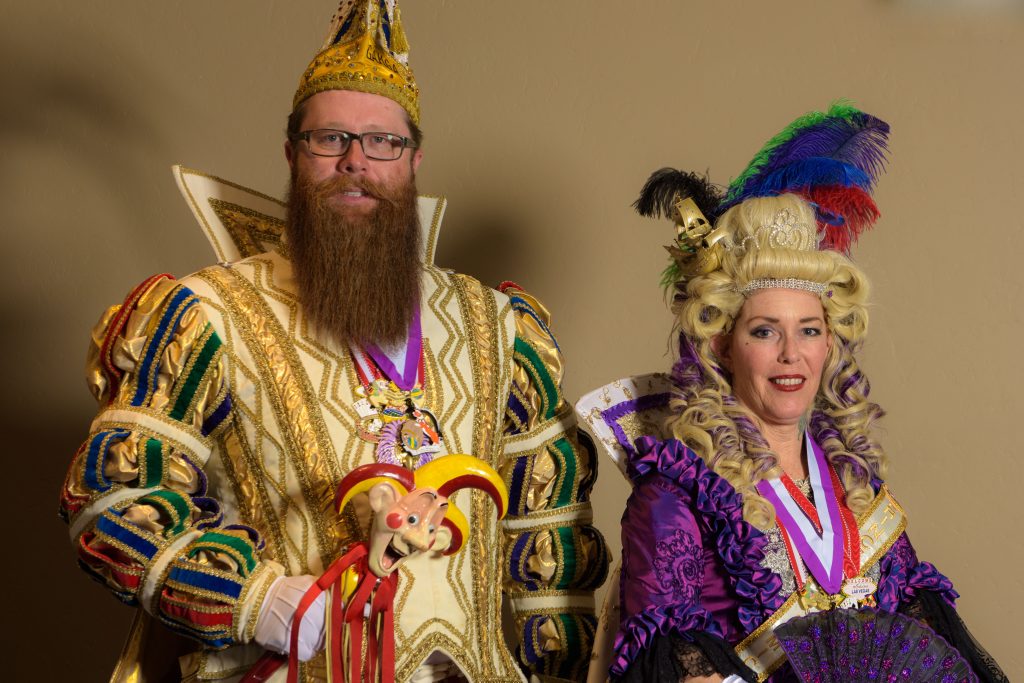
Karneval Fans from as far away as Berlin and Cologne at the GAMGA Gala in Las Vegas
By Petra Schürmann
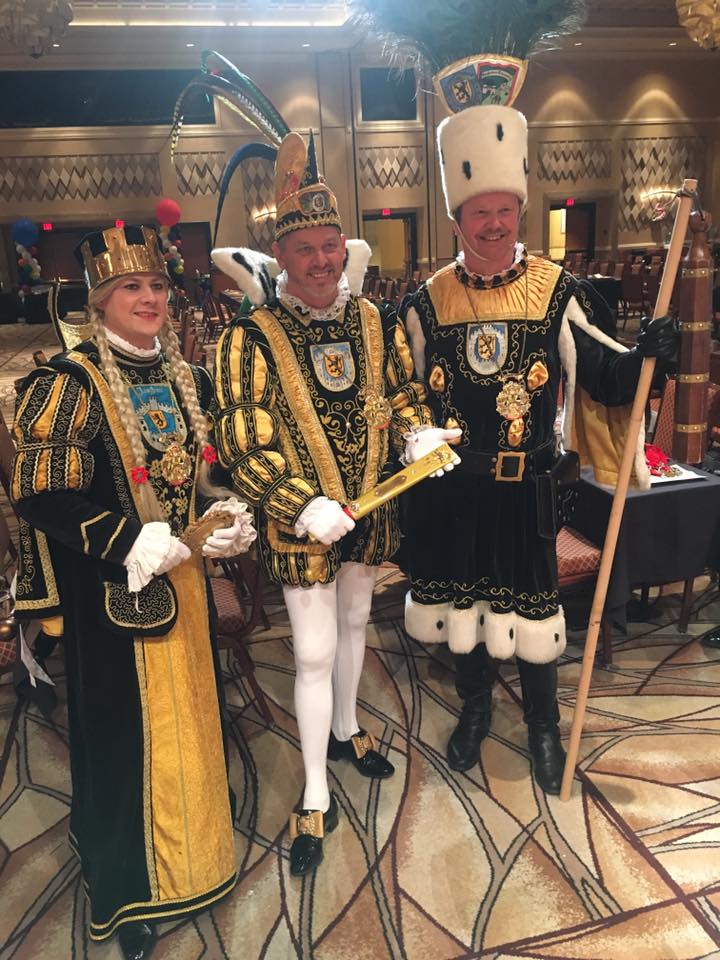
For more than 30 years, the annual gala of the German-American Mardi Gras Association (GAMGA) has attracted German Karneval fans from all parts of the U.S. and Canada, all determined to keep the fun and colorful tradition of German-style Karneval alive. This year, the legendary Rio Hotel & Casino served as the venue for the 2-day event where the Californian “Karnevalsjecken” were joined by delegations from Arizona, Colorado, Florida, Illinois, Nevada, Ohio, Wisconsin, Canada, and Germany!

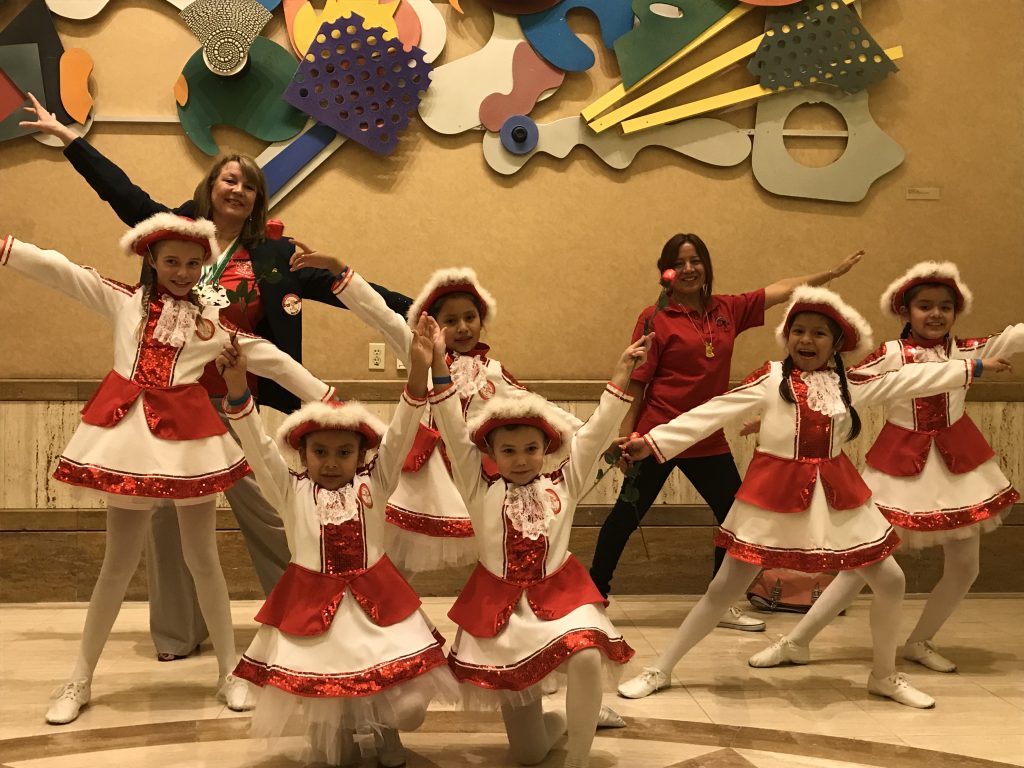
As happens every year, the dance shows presented by the various clubs, especially their youth groups, were spectacular. First-time performers were members of the Los Angeles Turners Youth Dance Group, a recently formed group of six girls between the age of 5 and 12. After only 3 months of practice with their trainers Delia, Irma Hast and myself, these young and enthusiastic dancers awed the audience with their take on “Viva Colonia.” The event was a great inspiration to them since they had the chance to watch experienced dancers from the Phoenix Club Youth Dance Group who celebrates their 50th anniversary this year, and the almost professional dancers of the Anaheim Karnevalsgesellschaft as well as the Canadian dancers of the Karneval Groups from Sarnia and Edmonton.
After the traditional GAMGA Board Meeting and GAMGA Delegates Meeting, the first event, the Costume Ball, kicked off the GAMGA weekend in style on January 18. More than 700 GAMGA guests in very creative and colorful costumes had gathered and cheered GAMGA President Holger Claus, the GAMGA Board and GAMGA Elferrat who crowned this year’s GAMGA Prince and Princess, “Seine Tollität Prinz . Karl I und Ihre Lieblichkeit Prinzessin Tina I.” – both members of the San Diego Karneval Group .
The second evening, it was time for the festive and traditional “Prunksitzung” (Pomp Session) when all Karneval royals – die Karneval Prinzenpaare – in their exquisite robes and richly adorned Karneval hats march in, surrounded by their “subjects,” all dressed in the official (and often elaborate) attire of their organization, as it is the tradition of the Rhenish Karneval. Unfortunately, the GAMGA member club “Die Narren von Neu-Ulm” who celebrated and safeguard the traditions of the “Allemannische Fastnacht”, which is celebrated in the southern part of Germany and Switzerland, did not attend this year. Throughout the evening, the guests flocked to the large dance floor and danced enthusiastically to the music of “Bluebirds,” the popular show band from Southern California.
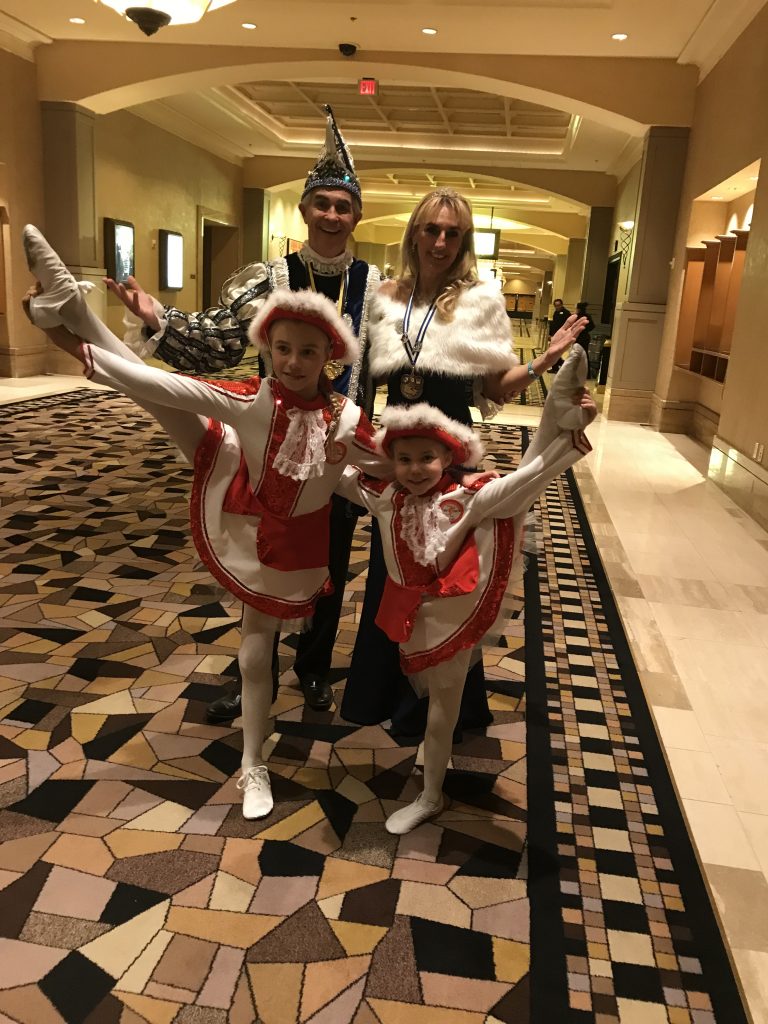
Time flies when you have a good time, and soon Las Vegas could take a deep breath of relief and see the “Karnevalsjecken” leave for their home turf to revel in more Karneval fun until Ash Wednesday, the end of the ‘Fifth Season.’ Looking at the many and growing youth dance groups at the GAMGA Gala who do not only learn some traditional German dances but also stay in touch with their heritage and the German language by becoming familiar with the fun German Karnveal songs, I realized once again what an important contribution the GAMGA Gala and all Karneval Groups throughout the year fulfill with regards to keeping German culture alive in America.
Don’t miss this unique event next year. Bring a group of friends, enjoy Las Vegas and the next GAMGA Gala from January 17 – 18, 2020 at the Rio All-Suite Hotel & Casino!
About GAMGA
The German-American Mardi-Gras Association (GAMGA) represents most of the German-American Karneval Clubs in the U.S.A., as well as some in Canada. The organization was founded in 1985 on the West Coast with the goal to promote German Karneval traditions in both the USA and Canada. The organization has more than 20 member clubs and is based on volunteer work.
For more information visit www.gamga.org Next GAMGA Gala: January 17 & 18, 2020.
German Karneval in Your Neighbourhood
For an event close to you, check www.gamga.org/karneval-functions
California
March 2, 2019 – 6 PM
Ludwig’s German Karnevalsparty
@Ludwig’s German Table Restaurant
261 N. 2nd Street San Jose, CA 95112
February 16 – March 9, 2019
Karneval at the Phoenix Club in Anaheim
hosted by the Anaheim Karnevalsgesellschaft
Highlights: February 23, 2019 “Reeperbahn”, February 24, 2019 “Kinderkarneval,” March 9, 2019 “Lumpenball”
Information: www.anaheimkg.com
Florida
March 2, 2019 – 5 PM
Bwitching “Weiberfasching” at the American German Club of the Palm Beaches
www.americangermanclub.org
Illinois
February 23, 2019
2019 RV Grand Maskenball
Information: www.chicagoprinz.com
New York
February 28 – March 5, 2019
Kölner Karneval at “Zum Schneider”
www.zumschneider.com
Wisconsin
March 2, 2019 – 6 PM
Maskenball in Milwaukee
Information: www.rheinischervereinofmilwaukee.com
March 9, 2019 – 6 PM
Kehraus Party in Milwaukee
Information: www.rheinischervereinofmilwaukee.com

Fun Facts about German Karneval
Karneval in Germany, Austria and Switzerland
Karneval goes by many names depending on what area of Europe you are from: Fasching, Karneval, Fastnacht, Fasnet, Carnival and Mardi Gras and are pre-Lenten festivities celebrated in grand style in mostly the predominantly Catholic regions of the German-speaking countries.
The Rhineland has its Karneval, Austria, Bavaria and Berlin calls theirs Fasching, and the German Swiss celebrate Fastnacht or Fasnet. Carnival and Mardi Gras are celebrated by countries like Brazil and in the United States, especially in New Orleans.
Karneval in Germany began in the 16th century to allow commoners to mock the monarchy and politicians without fear of retribution but it really took off in the 19th and 20th centuries. Therefore many “official” Karneval costumes copy some of the official uniforms and dresses from that period.
Karneval Season
Karneval is nicknamed “The 5th Season” in Germany and starts on November 11 at 11:11 AM and lasts until Ash Wednesday (six weeks before Easter the following year).
In Germany, the main Karneval
season is celebrated 2 weeks before Ash Wednesday. Some areas of
Germany will basically shut down during the last week before Ash Wednesday –
where people will party nonstop for 4-5 days in the streets, bars, dance halls,
and in their homes.
On “Rose Monday” (Rosenmontag) big Karneval Parades are celebrated in the cities of Cologne, Dusseldorf and Mainz as well as Munich with more than 1,5 million people attending the parades.
The “Who is Who” of Rheinischer Karneval
Prinz Karneval, Karnevalprinzession – Most areas have “Royals” that reign over the city during the Karneval Season.
Dreigestirn
Karneval in Cologne is under the reign of a “Dreigestirn”(Triumvirate) consisting of the Prince (Prinz Karneval), the Farmer (Bauer)and the Virgin (Jungfrau), the latter is always played by a man.
Prinzenguard (The Prince’s Guard)
The royals are surrounded by many “supporters” that have various functions (usually in a funny way)., e.g. the Prinzengarde (guard of the prince)
Elferrat–the “Committee of 11” are basically the organizers of the events. The Elferrat members wear distinctive uniforms.
Orden (medals) – Every Karneval Club creates its own medal for each season and is exchanging those with other clubs at special events.
